Ross Sea Party Photos
Our conservation specialists, working in expedition photographer Herbert Ponting’s darkroom at Scott’s Cape Evans base, discovered a small box of cellulose nitrate negatives clumped together.
The photographs are from Ernest Shackleton’s Ross Sea Party (1914-1917), which spent time living in Scott’s hut after being stranded on Ross Island when their ship blew out to sea. Their role was to lay vital depots for Shackleton’s expedition.
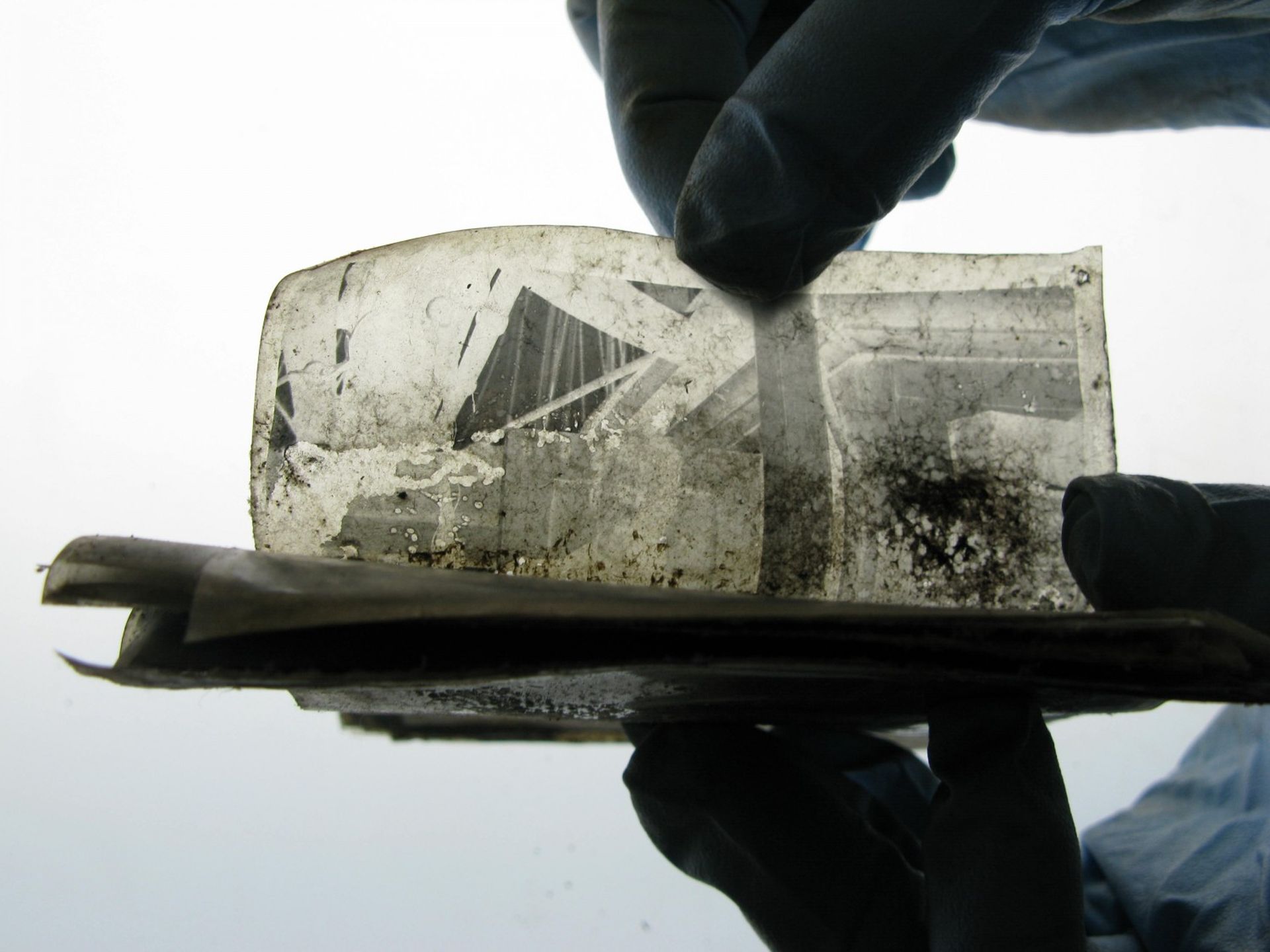 Antarctic Heritage Trust
Antarctic Heritage Trust The negatives were removed from Antarctica to undergo detailed conservation treatment back in New Zealand, where the negatives were painstakingly separated to reveal 22 never-before-seen Antarctic images.
The negatives were removed from Antarctica to undergo detailed conservation treatment back in New Zealand, where the negatives were painstakingly separated to reveal 22 never-before-seen Antarctic images.
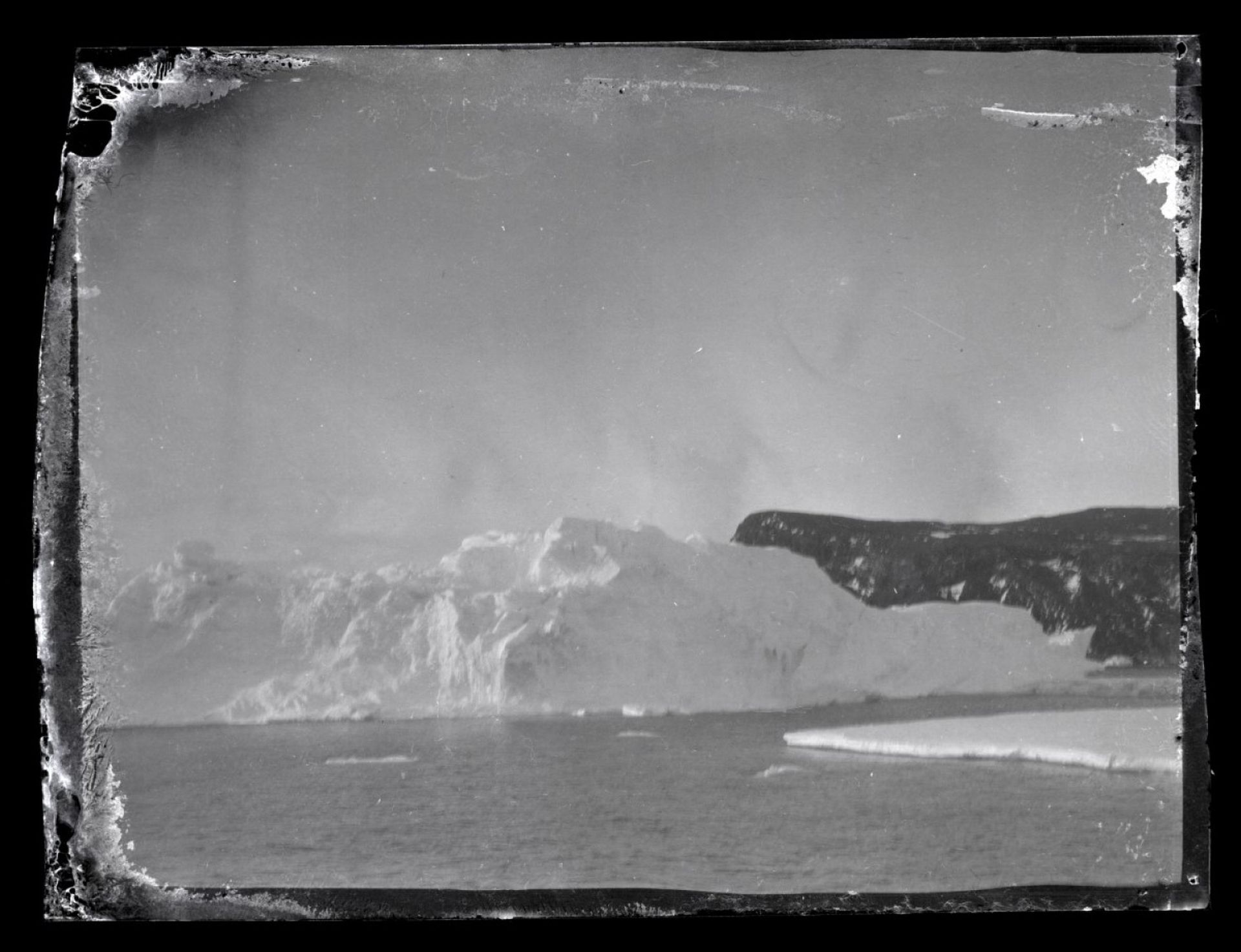 Antarctic Heritage Trust
Antarctic Heritage Trust Iceberg and land, Ross Island. Although many of the images were damaged, our conservators were able to recognise landmarks around McMurdo Sound. While the identity of the photographer remains unknown, it is thought to be expedition photographer, the Reverend Arnold Spencer-Smith.
Iceberg and land, Ross Island. Although many of the images were damaged, our conservators were able to recognise landmarks around McMurdo Sound. While the identity of the photographer remains unknown, it is thought to be expedition photographer, the Reverend Arnold Spencer-Smith.
 Antarctic Heritage Trust
Antarctic Heritage Trust Alexander Stevens, chief scientist and geologist on-board the Aurora.
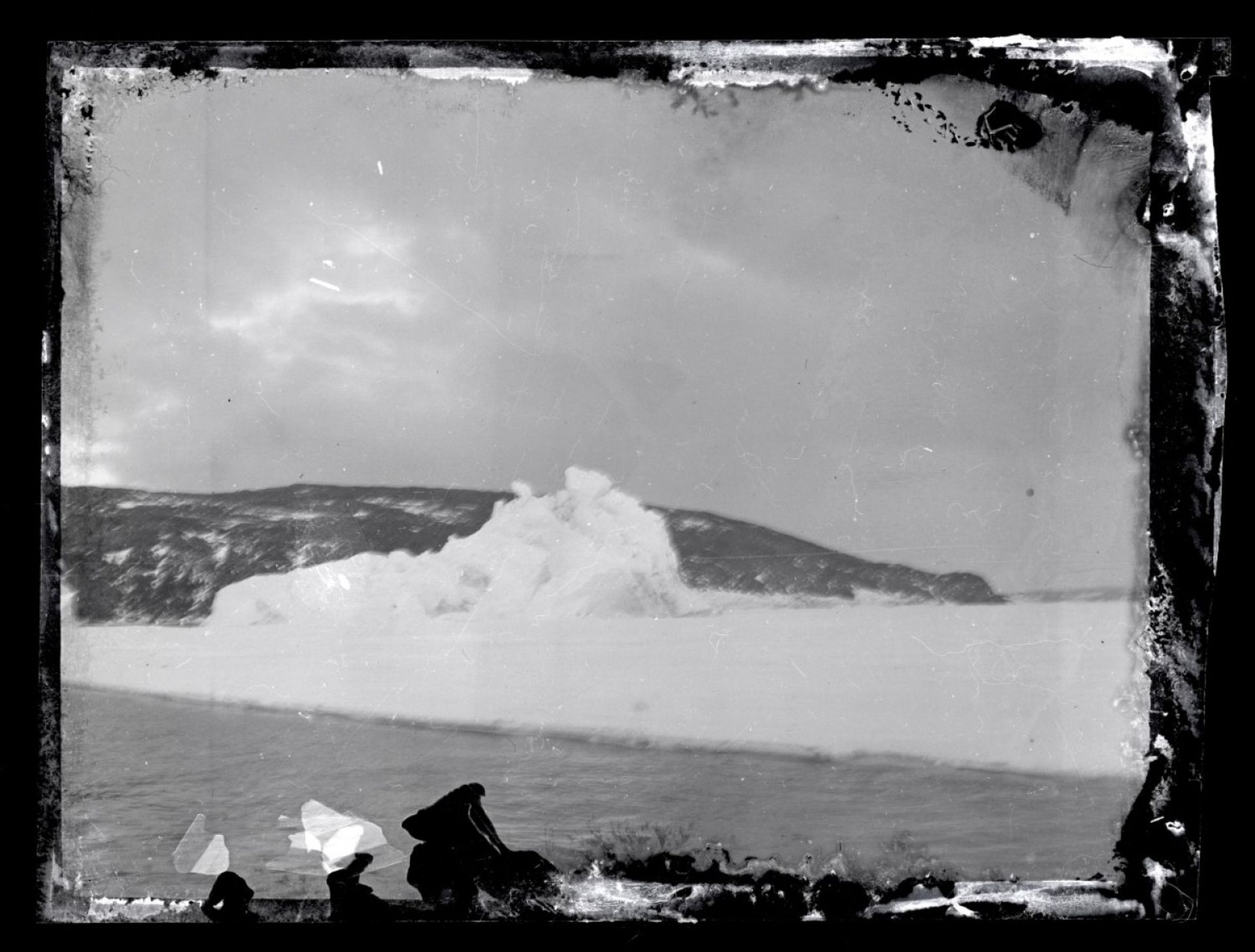 Antarctic Heritage Trust
Antarctic Heritage Trust Looking south along Hut Point Peninsula to Ross Island.
 Antarctic Heritage Trust
Antarctic Heritage Trust Ross Island, Antarctica. Alexander Stevens, chief scientist and geologist looks south. Hut Point Peninsula in the background
 Antarctic Heritage Trust
Antarctic Heritage Trust Tent Island, McMurdo Sound.
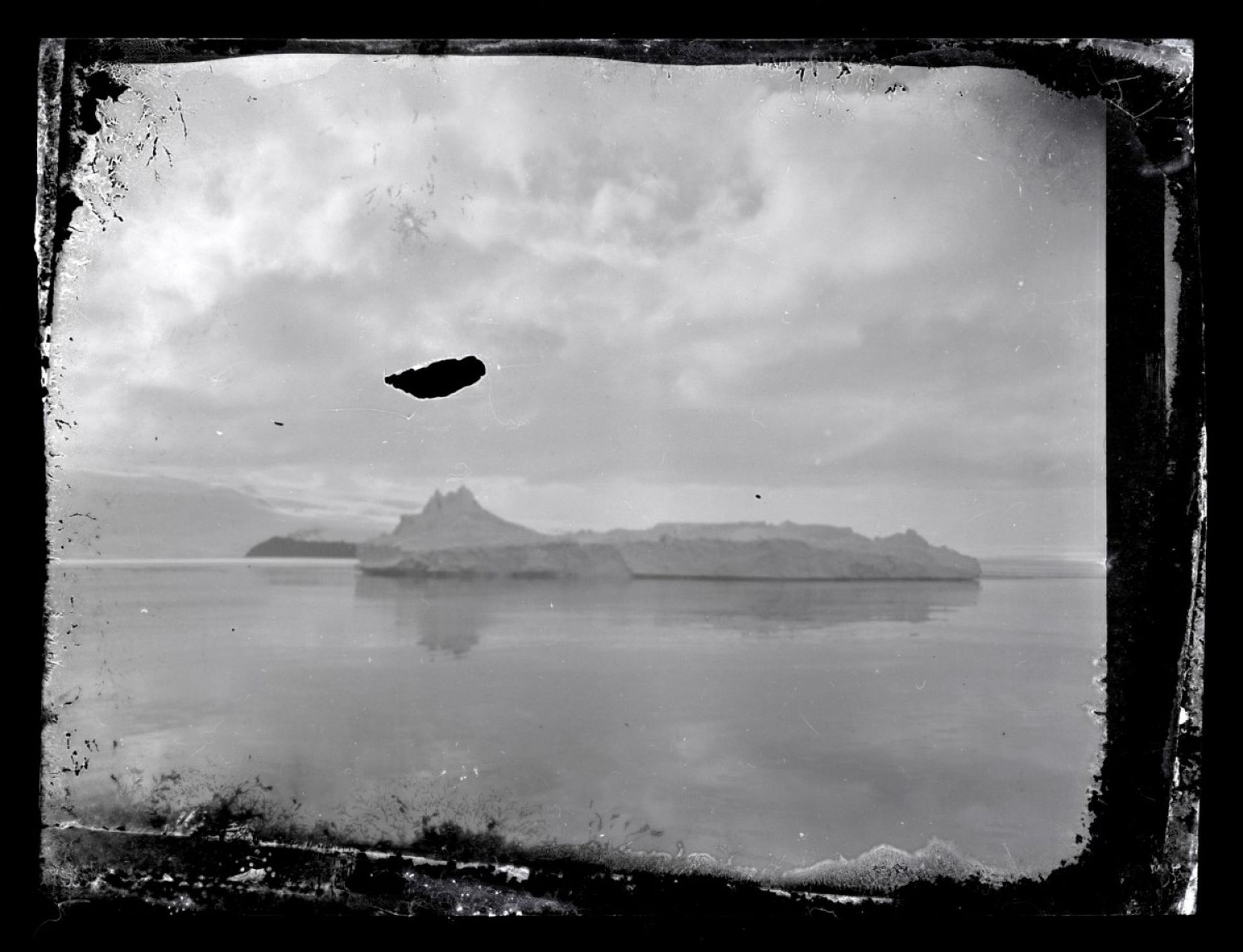 Antarctic Heritage Trust
Antarctic Heritage Trust Big Razorback Island, McMurdo Sound.
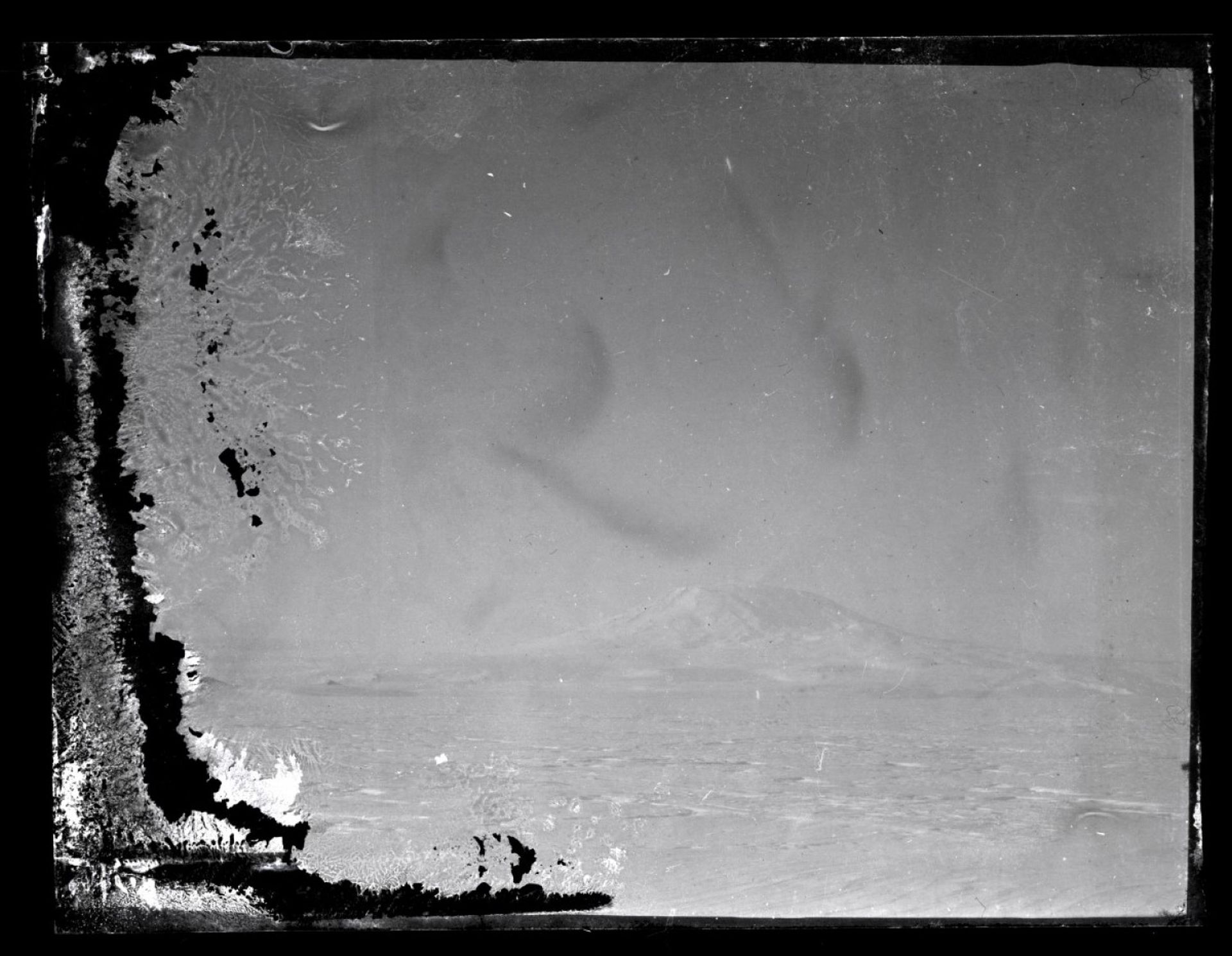 Mount Erebus, Ross Island, from the west.
Mount Erebus, Ross Island, from the west. Mount Erebus, Ross Island, from the west.
Mount Erebus, Ross Island, from the west.
 Antarctic Heritage Trust
Antarctic Heritage Trust Sea ice afloat, McMurdo Sound.
You can conserve these incredible artefacts
Each year our expert team of conservators travel to Antarctica to maintain and conserve these huts and the 20,000 artefacts left inside. This ongoing work ensures that the legacy of Antarctic exploration continues for generations to come. But we cannot do this work without help from people like you.
By making a gift to the Trust you can help conserve the legacy of Antarctic exploration. If you’re passionate about this work, consider becoming an Antarctic Explorer Member or leaving a gift in your Will.


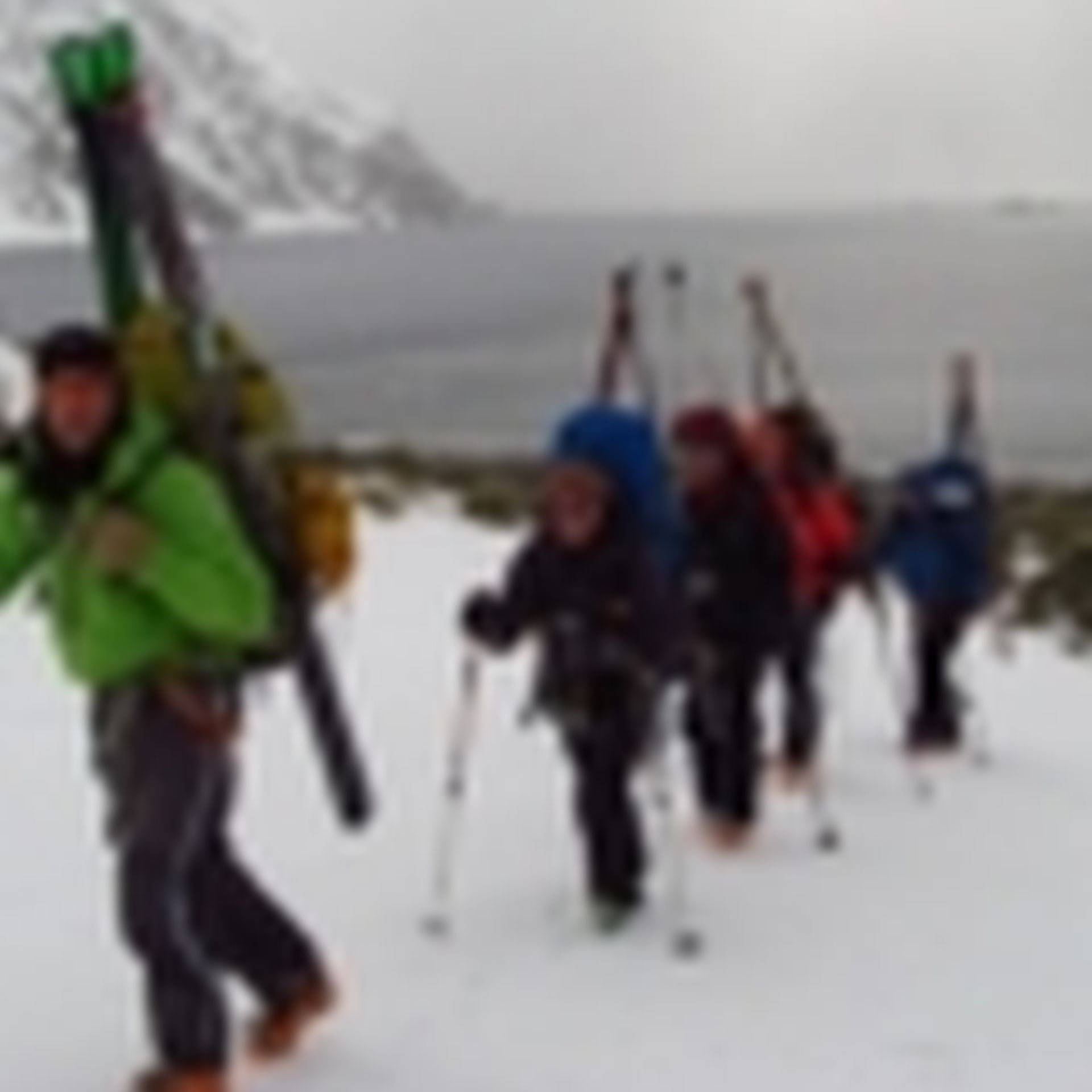 Antarctic Heritage Trust
Antarctic Heritage Trust Alasdair Turner
Alasdair Turner